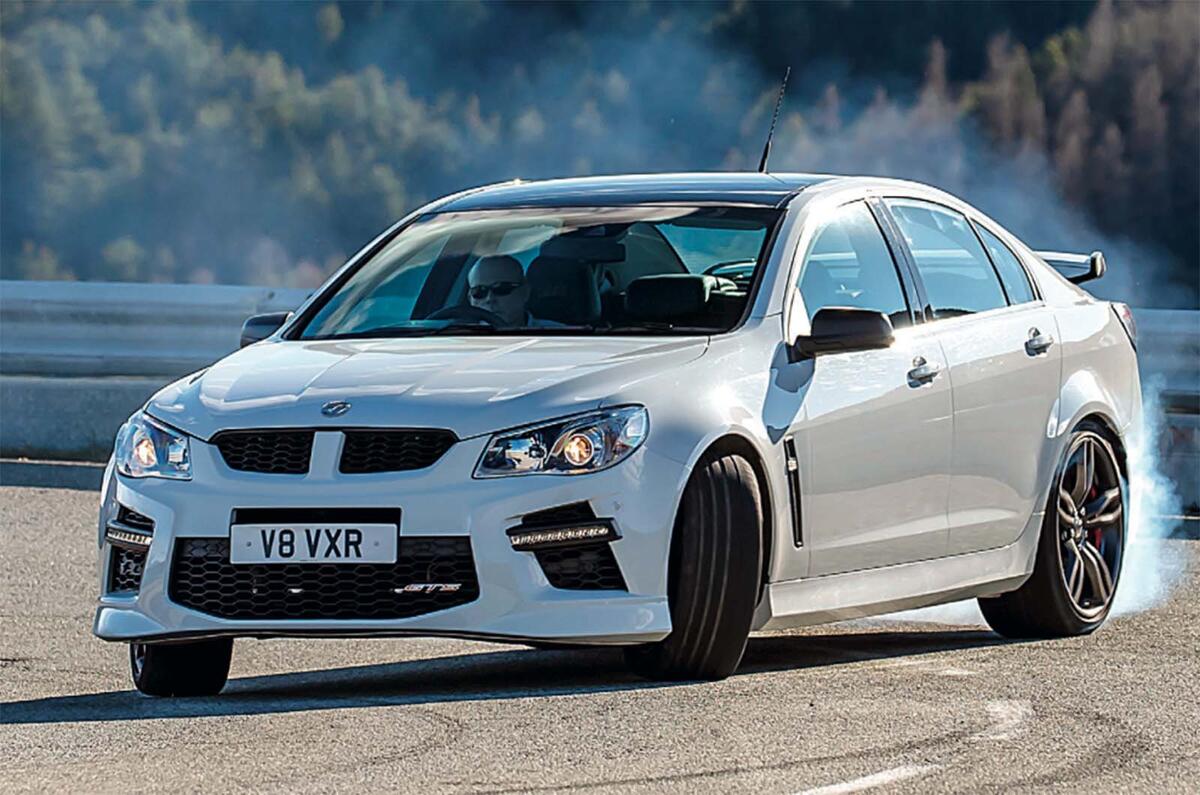By the time you read this, it will have ripped the air of New South Wales apart: Bathurst, The Great Race, the 1000km highlight of the Australian Supercars Championship.
This is the last Bathurst that will exclusively feature V8-powered Supercars. As of next year, twin-turbocharged V6s will gradually proliferate the grid.
The end of car production in Australia: the final week
Now, I’ve banged on enough about Supercars already this year, so I won’t start again. Especially given that, in the form of the BTCC, the UK is hardly short of its own thrilling race series featuring cars that look like ones you can buy off the street.
Instead, what I want to ref lect on today is a big month for Australian motoring, and one which, mirrored here, might affect us all. Because more significant than any Antipodean racing changes is the fact that later this month production at Holden’s Adelaide plant will close and the last Commodore, the domestically produced Holden – GM’s indigenous Australian arm – will roll from the line.
The Commodore, which we know here as the Vauxhall VXR8, is one of the big, traditional Australian two. Holden versus Ford, Commodore versus Falcon. It defined Australian touring car racing, just as it defined the Australian car market, until imports opened up, Hyundais and Toyotas started rolling in and tastes veered towards something smaller, something cheaper, something less V8-ish. Falcon production finished last year and there was always an inevitability about this outcome too.
Does it matter? To anyone in this hemisphere, not so much, beyond the couple-of-dozen people a year who want a VXR8. After all, it didn’t even mean enough to most Australians for them to do anything about it. The Commodore’s break-even was said to be around 60,000 cars a year. Towards the end, Australians were only buying half that. Which is a shame, because it’s a good car.
In its place will come a new Commodore, though that will be based on the Insignia that we get over here. Now, I dare say Holden would like the number of Commodores it sells to increase, but it doesn’t think it will. And here’s the thing: even if it doesn’t, it doesn’t matter. Because even if you only sell 20,000 imported Insignias a year, badged as Commodores, then that’s 20,000 added to the volume of a car whose development cost has already pretty much been met, whose factories have been constructed, and it frees you from the burden of developing an entire bespoke model.








Join the debate
Add your comment
"The Commodore’s break-even
"The Commodore’s break-even was said to be around 60,000 cars a year. Towards the end, Australians were only buying half that. Which is a shame, because it’s a good car. "
To be fair, it had been declining for a while but really accelerated once the talk started about closing the factory. As has happened plenty of times in the past, once that talk starts the customers disappear and it inevitably becomes a self-fulfilling prophecy.
Missed opportunity.
I've always felt the big mistake in brining Holden cars to the UK and re-branding them as Vauxhalls was rebranding them as Vauxhalls!
It should have been a specialist performance brand in the UK / Europe.
Even the Falcon should have been brought over to sit on top of where the Mondeo is just now. A larger car I believe, and perhaps enough extra sales across Europe to make production viable?
Gap in world car distribution
Given that many Far Eastern cars have lower production costs than European ones but are sold for similar prices here could there be a new role for dealers?
The car could be sourced from the manufacturer but have its supension changed on arrival to suit European tastes. This is not rocket scinece but would require the dealers to take on some risk in conjunction with qualified suspension designers. With keen buying at source the final price of the car should not really be any higher.